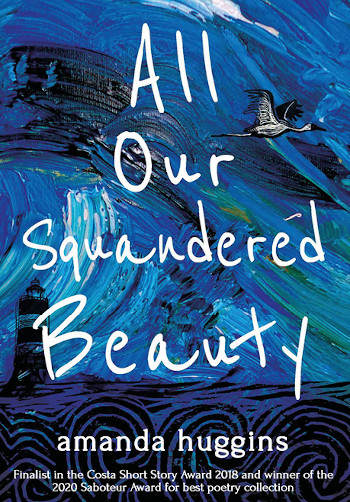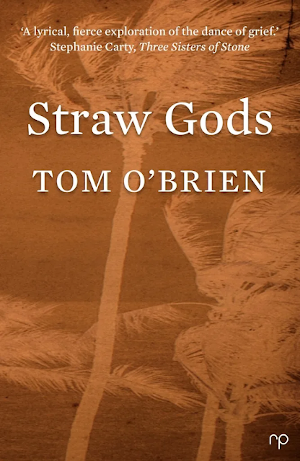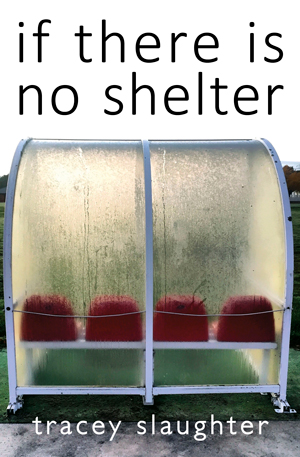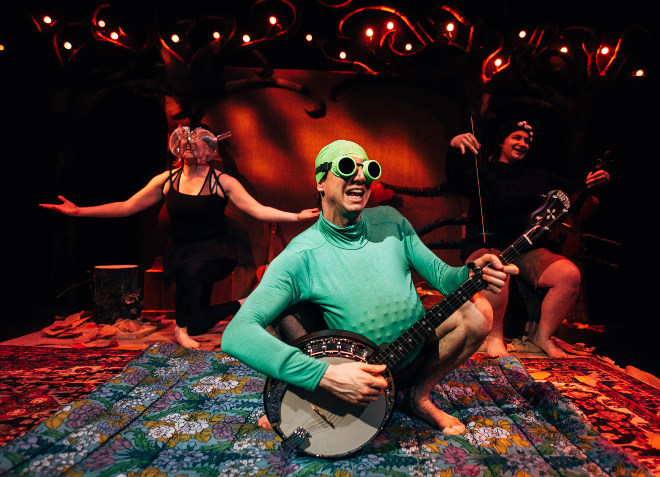
The Night That Autumn Turned To Winter photo by Jack Offord
We may not be able to make it out to theatres this festive season, but Bristol Old Vic has come up with an ingenious way for you to get your cultural Christmas fix from home, and support them in their efforts to keep their noses above the snow.
The Night That Autumn Turned to Winter is a visual and musical feast that I originally reviewed in December 2015. To tempt you to take a look, I’m re-publishing this review here.
While aimed primarily at tiny tots aged 2-6, like all the best children’s fiction, it includes plenty of humour for grown folks too, thanks to the talents of the three multi-tasking performers, Clare Beresford on the double base, Miriam Gould on the violin, and Dominic Conway playing guitar, banjo and ukulele.

Clare Beresford and Dominic Conway. Pic cr Jack Offord
The show is a collaboration between the celebrated Little Bulb Theatre, Farnham Maltings and Bristol Old Vic, and is crammed with moments to treasure, regardless of age. Keen on opera-singing rabbits? They’ve got those. A moral conundrum between a fly, a frog and a spider? It’s in there. A Scottish owl quoting poetry by Robert Burns? Absolutely (and this one is a particular pleasure). There’s also a smattering of audience participation as we aid the woodland wardens (who happen to be fairies, though not of your usual fey and Disney-fied variety) in helping the animals prepare for the long winter ahead, but just enough to keep the smaller audience members entranced.
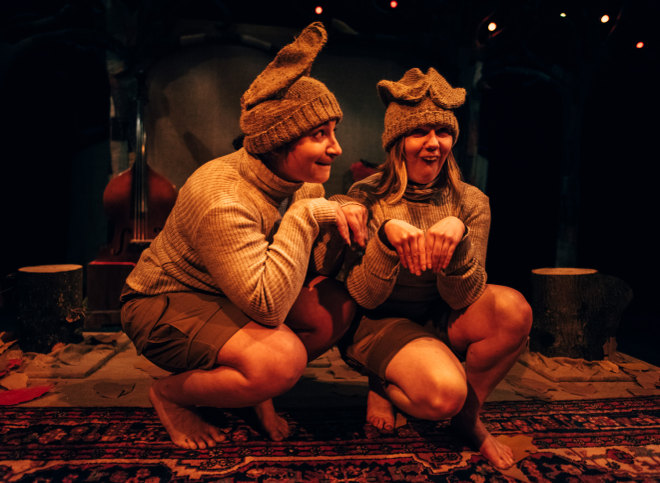
Miriam Gould and Clare Beresford as opera-singing rabbits. Photo by Jack Offord
As clever lighting shifts the timescale from day to night, one final treat may be in store – a glimpse of the winter unicorn. Give yourself up to the magic of the spectacle and you’ll feel a shiver run down your spine as it finally trots into view…
To invite the wonder into your home, you can buy the Bristol Old Vic At Home Season Pass and watch The Night That Autumn Turned to Winter along with four other stellar Bristol Old Vic productions (including their extraordinary A Christmas Carol), for just £12.99. Alternatively, you can rent The Night That Autumn Turned to Winter on its own for 48-hours for just £4.50.
Find full details here.
 If your preferred reading place and time is in bed before sleep, you may need to develop new habits for Ben Pester’s debut collection Am I in the Right Place? Seemingly ordinary settings (a café; an office) twitch with unreliable edges that threaten to upend into the unknown. Cupboards open into other worlds, and roads lead to versions of memories that encroach on the present in unexpected ways.
If your preferred reading place and time is in bed before sleep, you may need to develop new habits for Ben Pester’s debut collection Am I in the Right Place? Seemingly ordinary settings (a café; an office) twitch with unreliable edges that threaten to upend into the unknown. Cupboards open into other worlds, and roads lead to versions of memories that encroach on the present in unexpected ways.
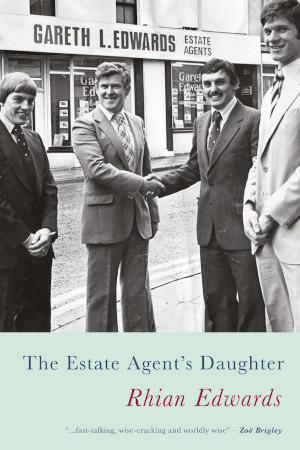
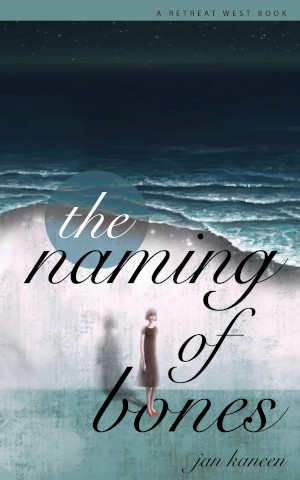
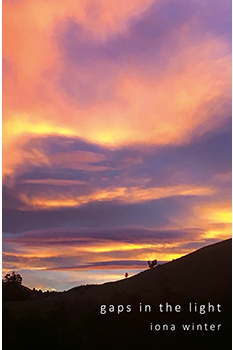
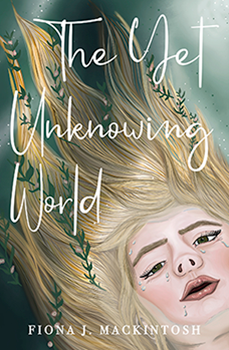
 For a story bookended by deaths,
For a story bookended by deaths, 